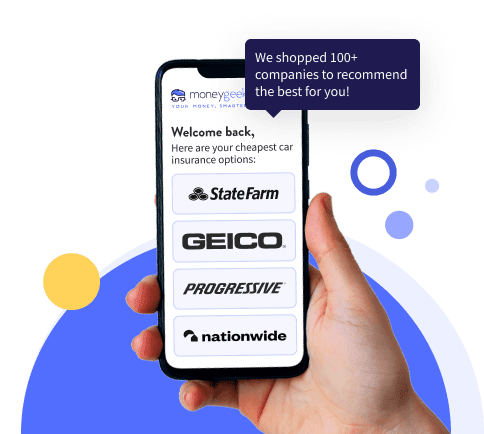Pay-per-mile car insurance is usage-based coverage that charges drivers based on actual miles driven rather than estimated annual mileage. This mileage-based car insurance combines a monthly base rate with a per-mile fee, creating variable premiums that adjust based on your driving patterns.
It provides the same coverage options as traditional policies, including liability, comprehensive and collision insurance. The only difference is how your premium is calculated and billed, making it ideal for drivers who want full financial protection without paying for unused coverage.
















